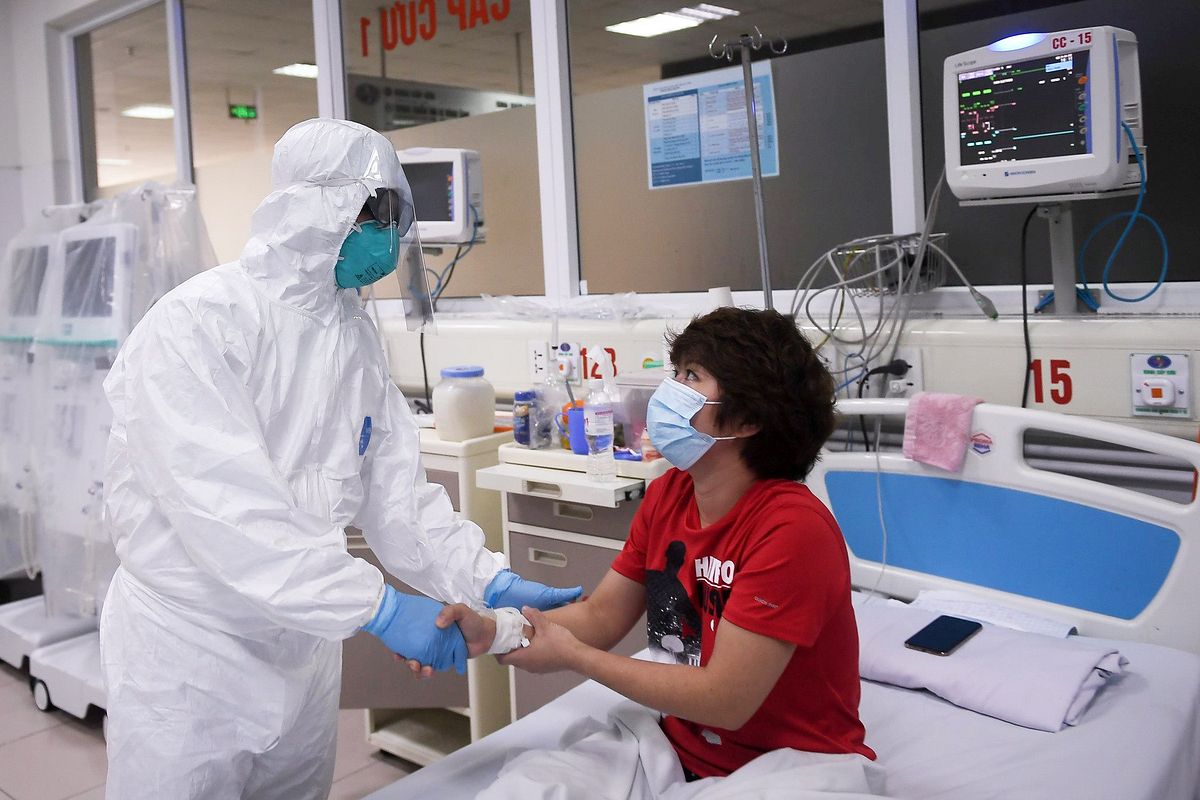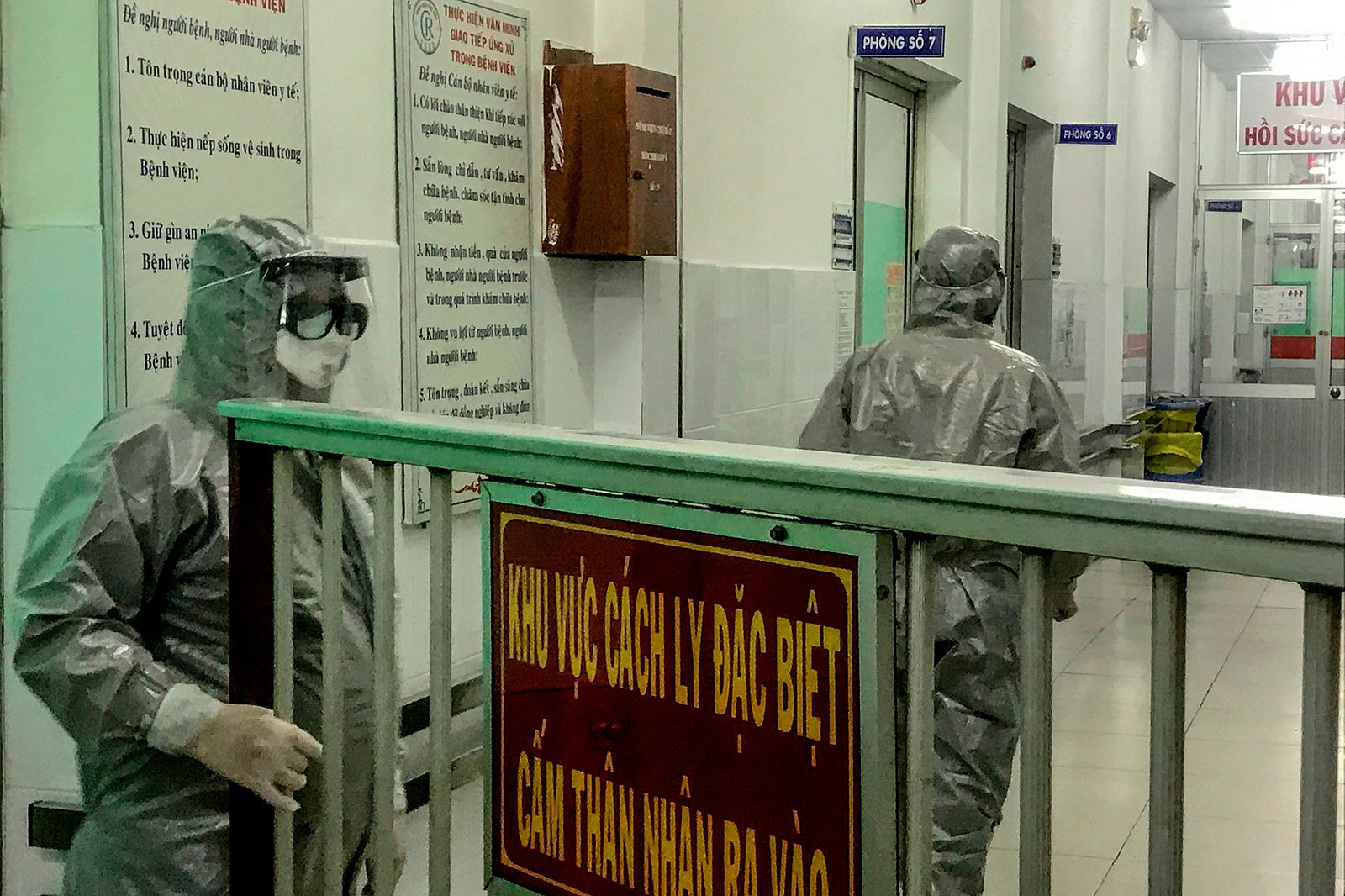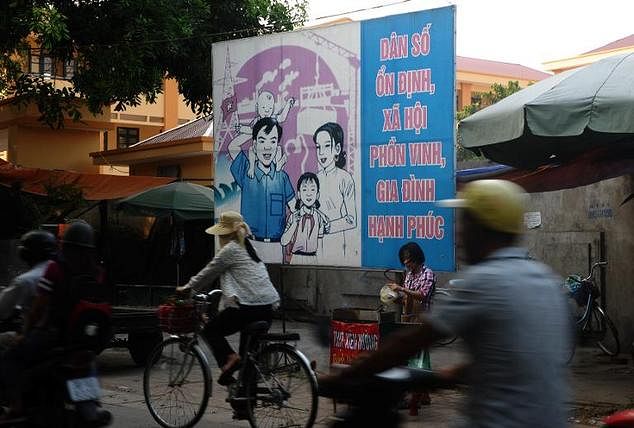Despite considerable national health progress in the recent decade, nearly a quarter of Vietnamese children under the age of five currently still suffer from malnutrition.
As many as 1.9 million young children are malnourished because of improper care, according to Vice Head of the National Institute of Nutrition (NIN) Truong Tuyet Mai, Dan Tri reports.
Mai shared the figure at a workshop on strengthening communication regarding nutrition for ethnic minority children held by Save the Children International (SCI) in Vietnam on December 8. This statistic is steadily declining, and down from 3.2 million, as estimated by a 2013 study, but still much too high. Over 200,000 children suffer from acute malnutrition and thousands die every year to malnutrition-related causes.
A lack of nutrients can cause blindness and anemia, in addition to impairing brain functions. Vietnam is now among the top 20 countries with the highest rates of stunted growth because of malnutrition, according to Dr. Le Thi Hop, president of the Vietnam Nutrition Association.
The situation is worst in rural areas and amongt ethnic minorities. Malnutrition rates in ethnic minority groups are double that of Ethnic Vietnamese (Kinh) people. Specifically, 80.8% of these 1.9 million children lack zinc, 31.3% lack iron and 16% lack Vitamin A.
"Our most recent survey in Simacai District, Lao Cai Province, showed that 60% of children under five are malnourished," Trung said. "This rate at some places is over 70%."
Director of SCI Dragana Stricnic attributed this to common childcare practices in the local community: ethnic minority mothers tend to feed their children rice when they are just two to three months old and give birth to too many children at a young age.
A combination of aid and education efforts are considered the best way to combat the issue throughout the country. UNICEF recently recommended a number of policy changes on the issue to Saigon authorities including strengthening awareness and interventions to tackle child malnutrition; reviewing social insurance policies for poor and migrant children; and, developing school infrastructure to ensure inclusive education, particularly for out-of-school children from migrant families and children with disabilities.
The SCI and the National Institute of Nutrition have collaborated to encourage rural ethnic minority mothers to breastfeed and have better diets. Human resource issues and language barriers have hindered their progress, however.
NIN recently announced the progress of a program which assists children suffering from malnutrition in central and southern provinces plagued by drought. Thanks to financial support worth US$4 million from UNICEF and the Japanese government, the program has successfully improved nutrition conditions for 7,640 children with severe and acute malnutrition (SAM) in Ninh Thuan, Kon Tum, Gia Lai, Tra Vinh, Hau Giang and Ca Mau provinces. About 83,560 pregnant and lactating women and 62,270 children between six and 23 months old are also benefiting from the program’s nutritional support and education courses.
[Photo via UNICEF]














